Engineered wood flooring is increasingly favored by homeowners who desire the aesthetic appeal of hardwood coupled with enhanced durability and versatility.
However, while engineered wood flooring is suitable for many environments, there are certain situations where its installation may not be advisable.
In this article, we’ll explore the factors that determine where engineered wood flooring isn’t suitable for installation and provide guidance for making informed decisions.
Table of Contents
ToggleUnderstanding the Limitations of Engineered Wood Flooring:
- Vulnerable to moisture damage
- Not ideal for below-grade spaces
- Susceptible to flooding or water damage
- Requires stable subfloors
- Not suitable for areas with heavy moisture exposure
- Limited sanding and refinishing capabilities
- Costlier than some flooring options
- Sensitive to temperature and humidity fluctuations
- Installation can be complex
- Limited design options
While engineered wood flooring offers several advantages over solid hardwood, including enhanced moisture resistance and stability, there are still instances where its installation may pose challenges or lead to suboptimal results. It’s essential for homeowners, contractors, and designers to consider the following factors when determining the suitability of engineered wood flooring for a particular space:
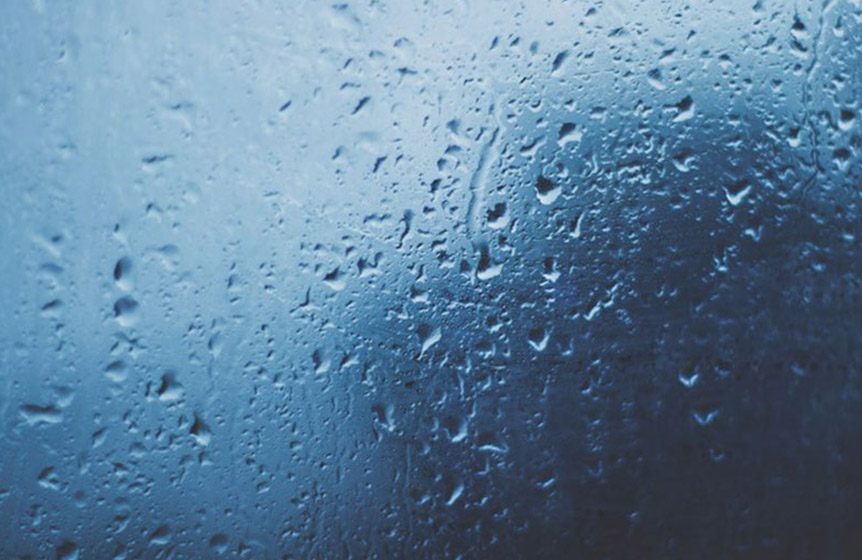
High Moisture Environments:
Engineered wood flooring is more resistant to moisture than solid hardwood, thanks to its layered construction. However, it is still susceptible to damage from excessive moisture or standing water. Therefore, environments with consistently high moisture levels, such as bathrooms, saunas, or laundry rooms, may not be suitable for engineered wood flooring installation.
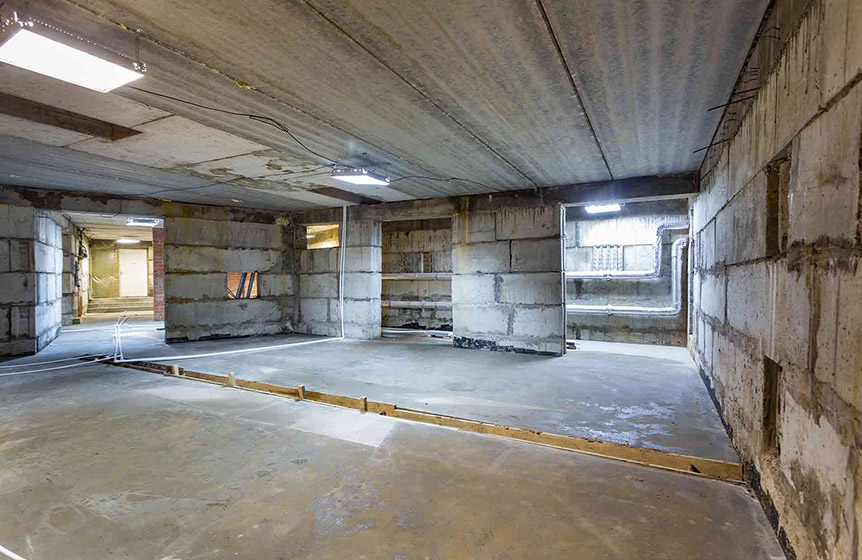
Below-Grade Spaces:
Below-grade spaces, such as basements or cellars, often have higher humidity levels and are more prone to moisture infiltration than above-grade areas. While engineered wood flooring can be installed in some below-grade environments with proper moisture barriers and subfloor preparation, it may not be the ideal choice for areas with chronic moisture issues.
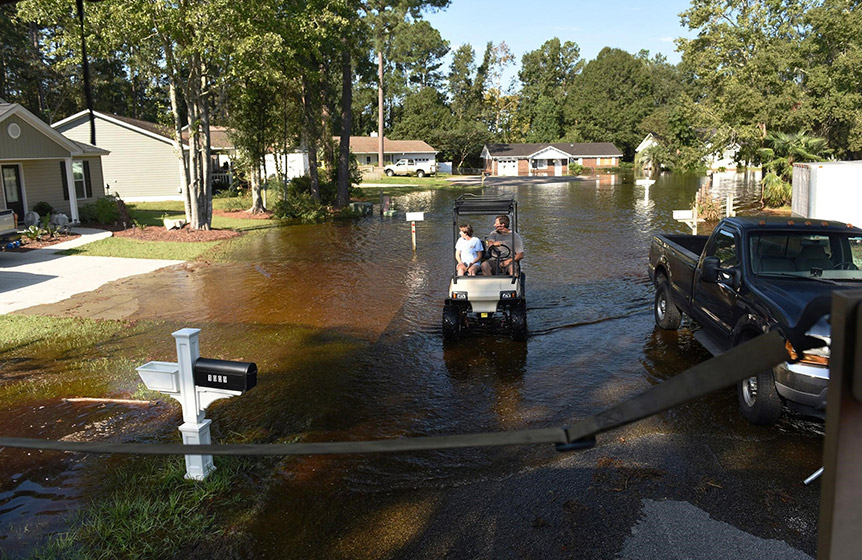
Areas Prone to Flooding or Water Damage:
Spaces that are susceptible to flooding or water damage, such as near exterior doors, windows, or in flood-prone regions, may not be suitable for engineered wood flooring installation. Even with proper precautions, such as waterproofing membranes or sealants, the risk of water damage may outweigh the benefits of using engineered wood flooring in these areas.
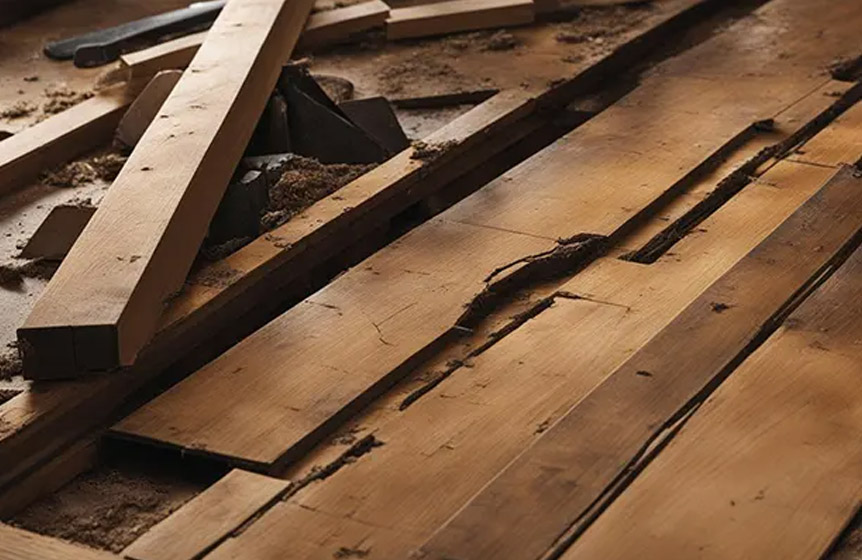
Unstable Subfloors:
Engineered wood flooring relies on a stable and level subfloor for proper installation and performance. Subfloors that are uneven, unstable, or prone to movement may cause issues such as buckling, warping, or squeaking. In such cases, it’s crucial to address subfloor issues before proceeding with engineered wood flooring installation or consider alternative flooring options.
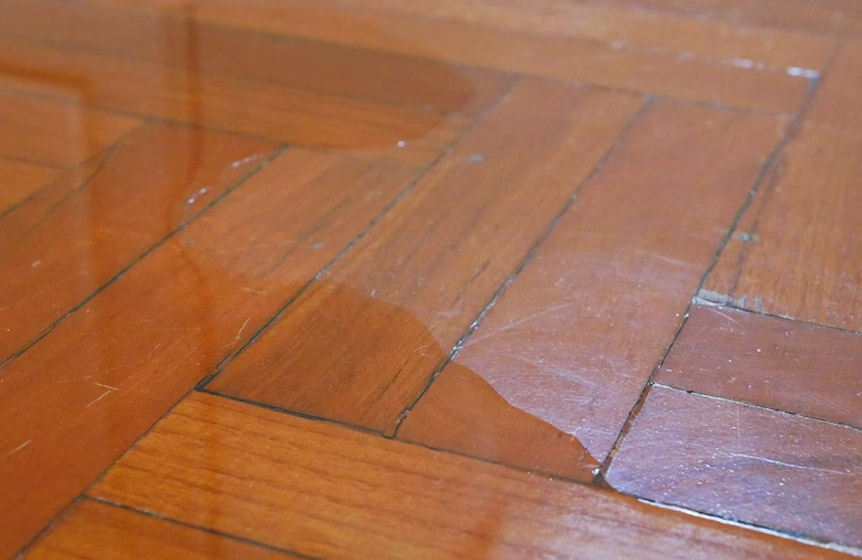
Heavy Moisture Exposure:
Areas that are subject to frequent or prolonged exposure to moisture, such as outdoor patios, porches, or sunrooms, are not suitable for engineered wood flooring installation. Even with proper sealing and maintenance, the constant exposure to moisture and UV radiation can cause significant damage to the wood planks over time.
Making Informed Decisions:
When determining the suitability of engineered wood flooring for a particular space, it’s essential to assess the environmental conditions, usage patterns, and potential risks involved. Seeking guidance from flooring professionals, architects, or engineers can offer valuable insights and recommendations tailored to the unique requirements and limitations of your project.
Alternatives to Consider:
In situations where engineered wood flooring may not be suitable for installation, there are several alternative flooring options to consider:
- Porcelain or Ceramic Tile: Porcelain or ceramic tile flooring is highly resistant to moisture, making it an ideal choice for bathrooms, kitchens, and other high-moisture environments. It provides numerous design possibilities, including wood-look tiles that replicate the look of hardwood.
- Luxury Vinyl Plank (LVP) Flooring: Luxury vinyl plank flooring combines the durability and water resistance of vinyl with the aesthetic appeal of hardwood.
It’s appropriate for nearly every room in the house, even those with high levels of moisture or significant foot traffic. - Concrete Flooring:
Concrete flooring offers durability and minimal upkeep, making it an excellent choice for basements, garages, or other below-ground areas. It can also be customized through polishing, staining, or stamping to achieve a range of finishes and designs.
Conclusion:
While engineered wood flooring, sourced from reputable engineered wood flooring manufacturers, is a versatile and durable option for many environments, there are instances where its installation may not be advisable. Factors such as high moisture levels, unstable subfloors, or heavy moisture exposure can impact the performance and longevity of engineered wood flooring. By carefully assessing the environmental conditions and potential risks, homeowners and designers can make informed decisions and choose the most suitable flooring option for their specific needs.
